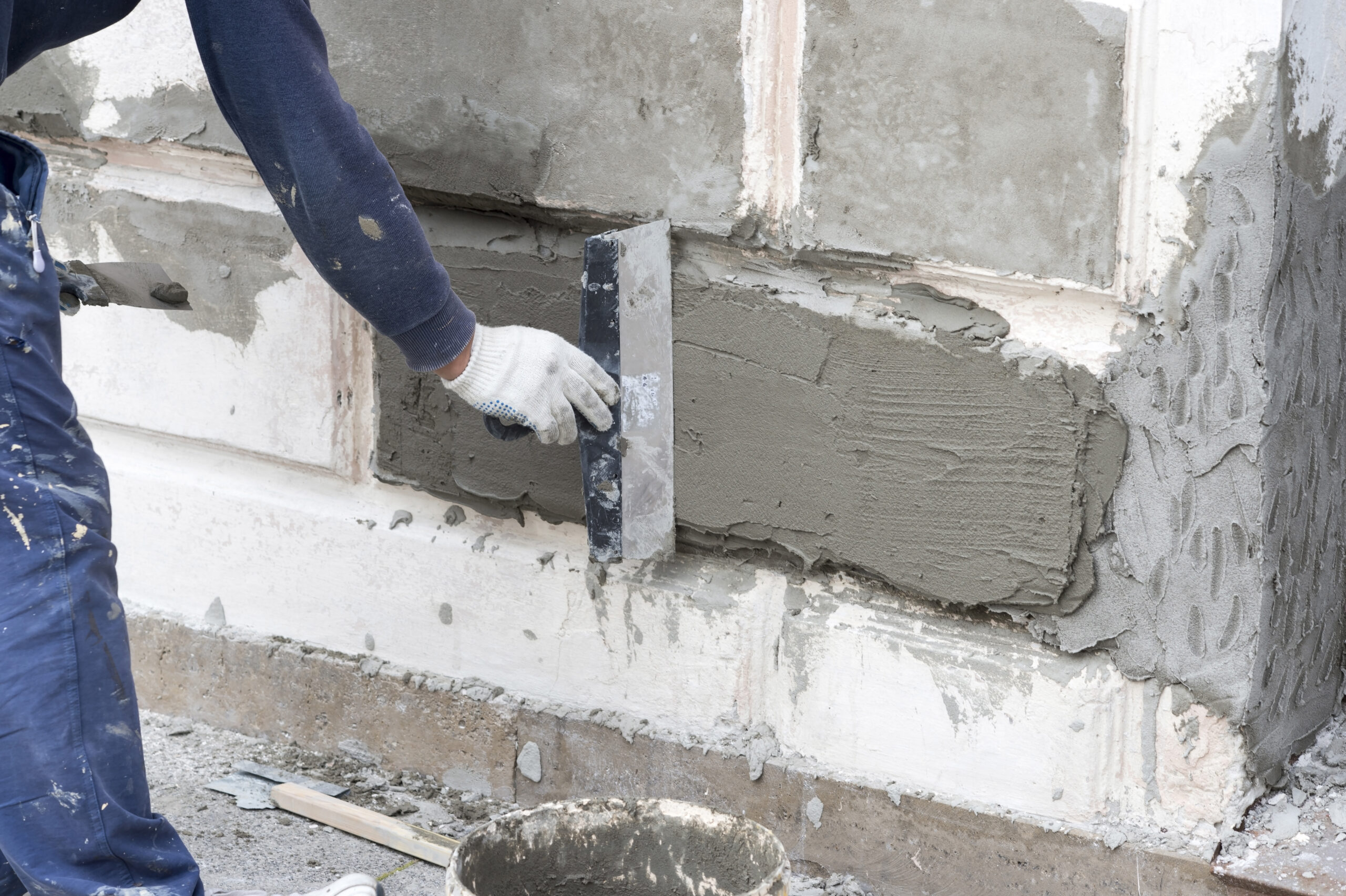Your home’s foundation is key to safe and comfortable living. Once the foundation is damaged, problems will start to arise throughout your home. Unfortunately, most homeowners aren’t even sure where to start when it comes to repairing their foundation.
To have your home’s foundation evaluated, it’s crucial that you hire a high-quality general contracting company. They can determine the problems and also advise you on the best kind of repair.
As a homeowner, it’s especially helpful to understand the different types of processes for foundation repair. Use this guide below to help decide which foundation repair process is best for your home situation.
Which Foundation Repair Process is Right for You?
Concrete Piers
This common method of foundation repair is quite messy and labor-intensive and even takes a few weeks to finish. This can however be a great solution for any necessary foundation repair if you have a pier and beam foundation. The process is drilling holes underneath the foundation and filling them with concrete, allowing them to cure. Concrete piers can ensure your home’s stability and strength will last.
High-Density Polyurethane Foam
This method is widely available, and perfect for emergency foundation issues as the polyurethane foam rises quickly. Its quick rise is the reason that this solution is often preferred when raising highways, foundation repairs and residential concrete.
High-density polyurethane foam is made in more than 10 different types and used for several different purposes. One kind, for instance, can be good for stabilization while another is good for water exposure or high-moisture areas.
Mudjacking
Mudjacking, also referred to as “slab jacking,” is a sunken concrete slab that is lifted by pumping a certain mixture of cement or sandy loam through concrete.
As a result, the slab is pushed up from below which closes the open spaces and cracks in the process. This effective, less-invasive method to help fill voids offers your home great support. It’s also an environmentally safe, cost-effective replacement to other kinds of foundation repairs.
Spot Piers
Spot piers are great solutions for areas like your attached patio or outdoor porch. Installing these requires hand-digging and inserting concrete. This helps the damaged or more vulnerable areas of your foundation become stabilized.
As a helpful tip to better protect your foundation, foundation engineers recommend keeping trees farther away from your home. One single tree can absorb up to 150 gallons of water a day. This can actually interfere with the soil surrounding your foundation.
Hybrid Piling
This foundation repair technique involves not only concrete pilings but steel pilings as well. It’s the combination of a concrete pile’s gripping power and a steel pile’s depth. Steel pilings can be driven deeper into the ground. So, combining this with concrete offers your home’s foundation strong, solid support.
This is the perfect solution for homes built on dry soil. Hybrid piling isn’t just an inexpensive method but also presents your foundation with outstanding longevity without extremely disrupting your home. Your home will have excellent support due to the steel piles being driven deep into the soil.
Masonry Patches and Sealants
This method helps reinforce any troubled spots you may notice, especially if your home already sits on a concrete foundation. If you choose to DIY this, then you should use vinyl concrete patch products. This solid substance reinforces your concrete foundation with contained sturdy materials such as cement and vinyl resin.
Drainage and Landscaping
If you didn’t know, landscaping can have a major impact on your foundation. Water might start pooling near your home’s foundation if you fail to have proper landscaping and drainage. This will lead to early aging and water damage to your foundation.
You should know the proper way to address drainage on your property. It can be helpful since your soil compresses and expands based on the weather and environment. This solution usually includes collecting and moving water away from your home. Also, allowing the water to flow out from where it has been confined can protect your home and foundation from any possible water damage.
Helical Piers
This method involves the use of steel that contains helices, which are helix-shaped designs. It allows the beams to be driven deep into the soil to stabilize your home. This foundation repair solution does provide identical reinforcement benefits as all steel, but won’t outperform other structures that were mentioned.
Steel Piers
Steel piers help stabilize or repair a damaged foundation. They are quite effective, especially for reinforcing homes that have started unevenly sloping or settling.
Conclusion
The stability of your home’s foundation is critical. If your home’s foundation needs to be repaired, Ray Arnold Masonry has got you covered. We strive to provide you with high-quality home repair solutions to keep the integrity of your home intact. Contact Ray Arnold Masonry for your solution today.

